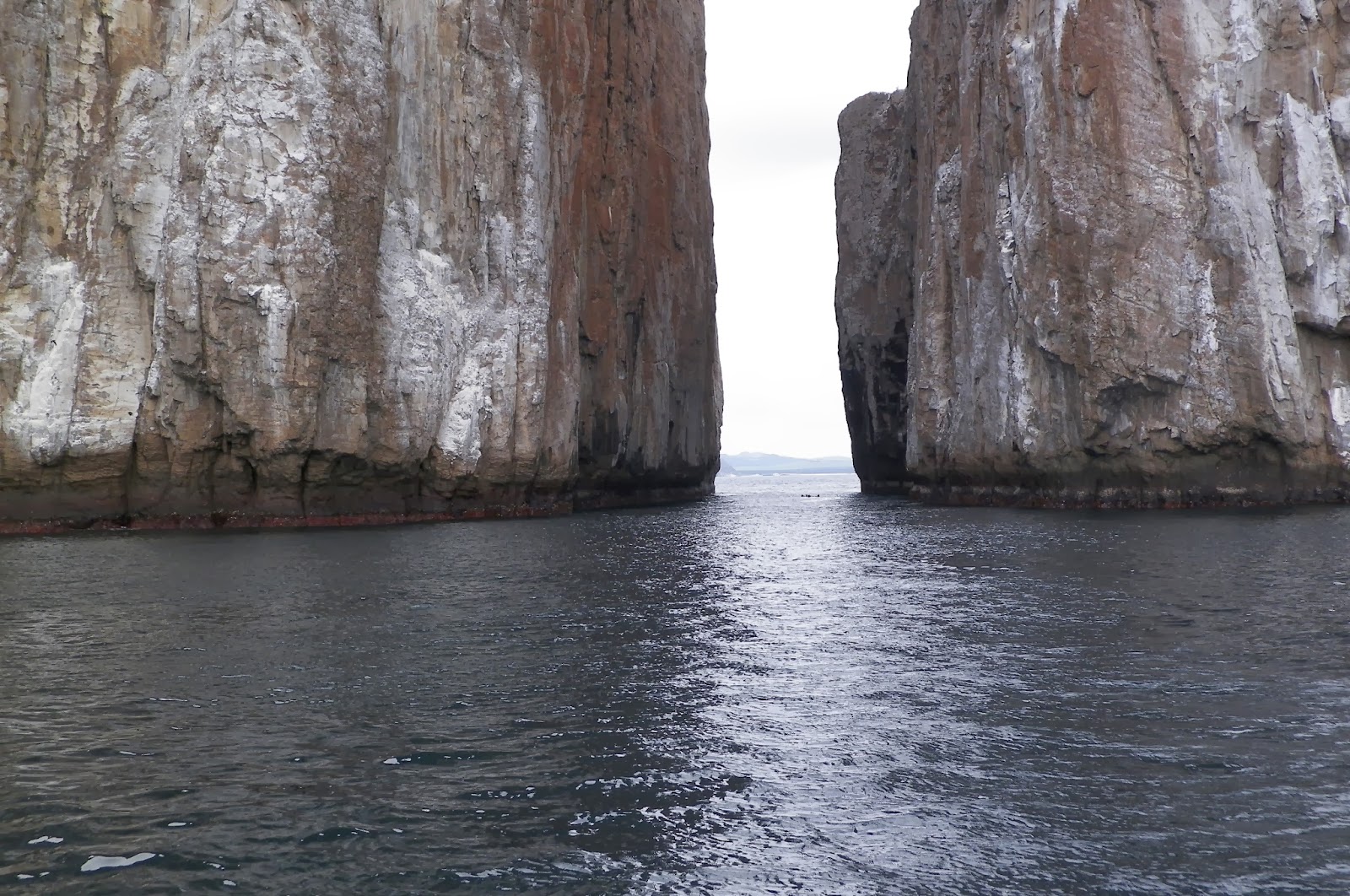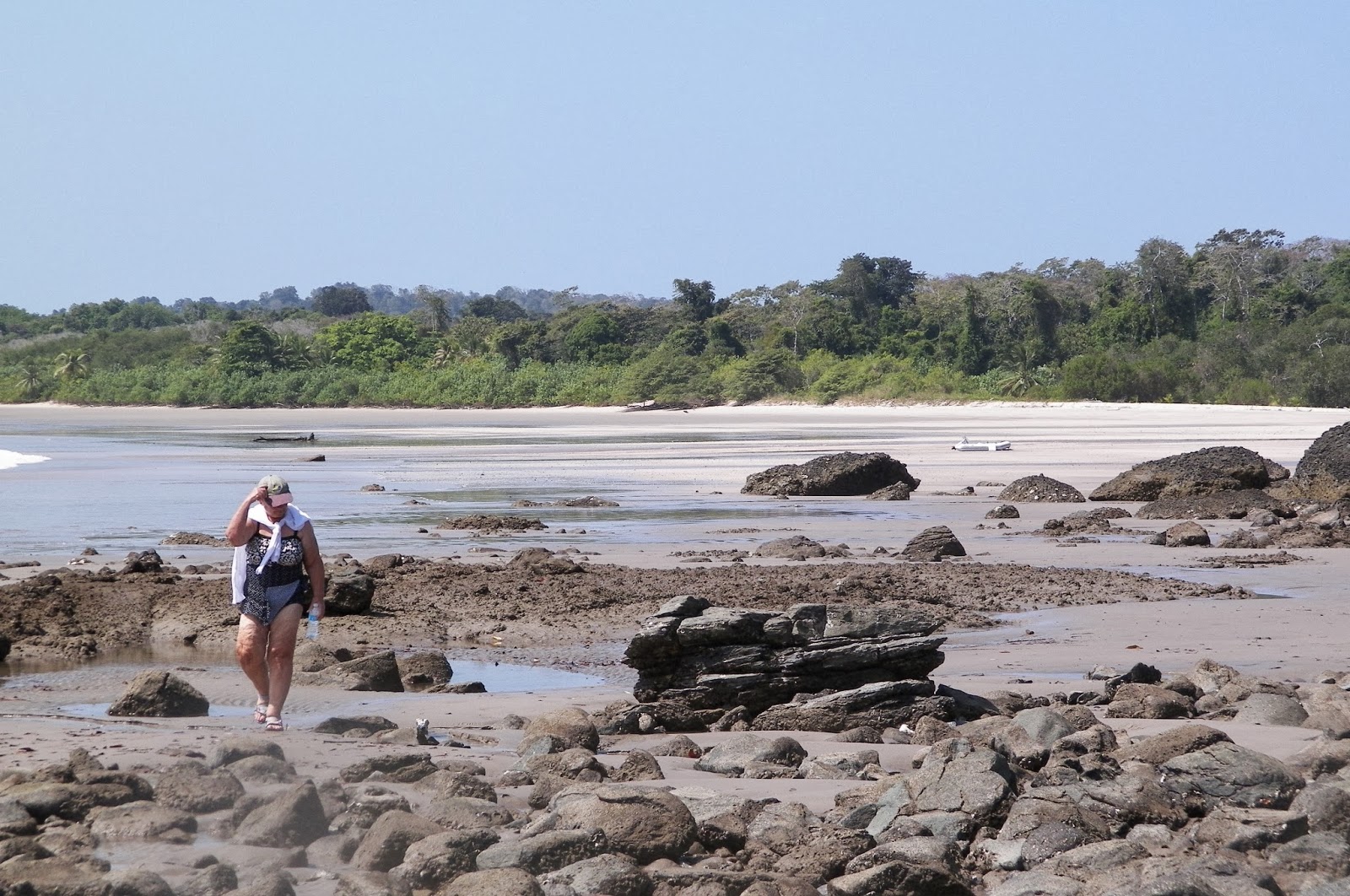Monday, February 24, 2014
San Cristobal Island
Friday, February 21, 2014
Check-in/OK message from SPOT Heyne
Latitude:-0.84850
Longitude:-90.49240
GPS location Date/Time:02/21/2014 10:57:25 EST
Message:on our way to Isabela
Click the link below to see where I am located.
http://fms.ws/FguC-/0.84850S/90.49240W
If the above link does not work, try this link:
http://maps.google.com/maps?f=q&hl=en&geocode=&q=-0.84850,-90.49240&ll=-0.84850,-90.49240&ie=UTF8&z=12&om=1
Heyne
You have received this message because Heyne has added you to their SPOT contact list.
Ready for Adventure
FindMeSPOT.com
Thursday, February 20, 2014
Friday, February 14, 2014
The Doldrums
The movie is our toast to Neptune as we crossed the equator.
Thursday, February 6, 2014
Saturday, February 1, 2014
Ruder repair
We are now out of the yard with a working rudder. The real problem was a broken rudder tube not a dropped tube. Beneteau, I belive made a defective product. The tube was exposed and bare for the last 5 inches. The tube broke at the bearing and then wore down the remaining tube until the rudder had limited movement between two bolts that hold the rudder stop down.
The yard we were in was great. They improvised a tool to clean the old tube out of the boat so we could install the new one. The only problem was the new tube was thicker than the old one. (Maybe Beneteaue corrected the problem in later boats). The yard again improvised by turning the tube on a lathe.
We did take Murray Yatch's advise and epoxied the exposed part of the tube to the wood around the rudder post and built a cone of epoxy to the rudder bearing. The engineering on the rudder shaft was excellent as with the new tube and two new shims, there is not any up or down movement in the rudder.
The fix looks good so tomorrow we are off to Las Perlas Islands.





































